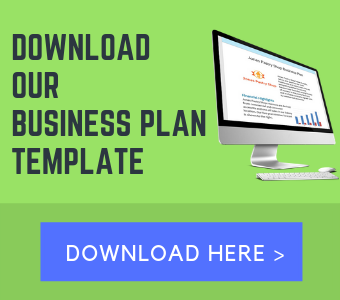Medical Device Business Plan Template
If you want to start a medical device business or expand your current medical device business, you need a business plan.
The following Medical Device business plan template gives you the key elements to include in a winning Medical Device business plan.
Below are links to each of the key sections of your Medical Device business plan:
I. Executive Summary
II. Company Overview
III. Industry Analysis
IV. Customer Analysis
V. Competitive Analysis
VI. Marketing Plan
VII. Operations Plan
VIII. Management Team
IX. Financial Plan

